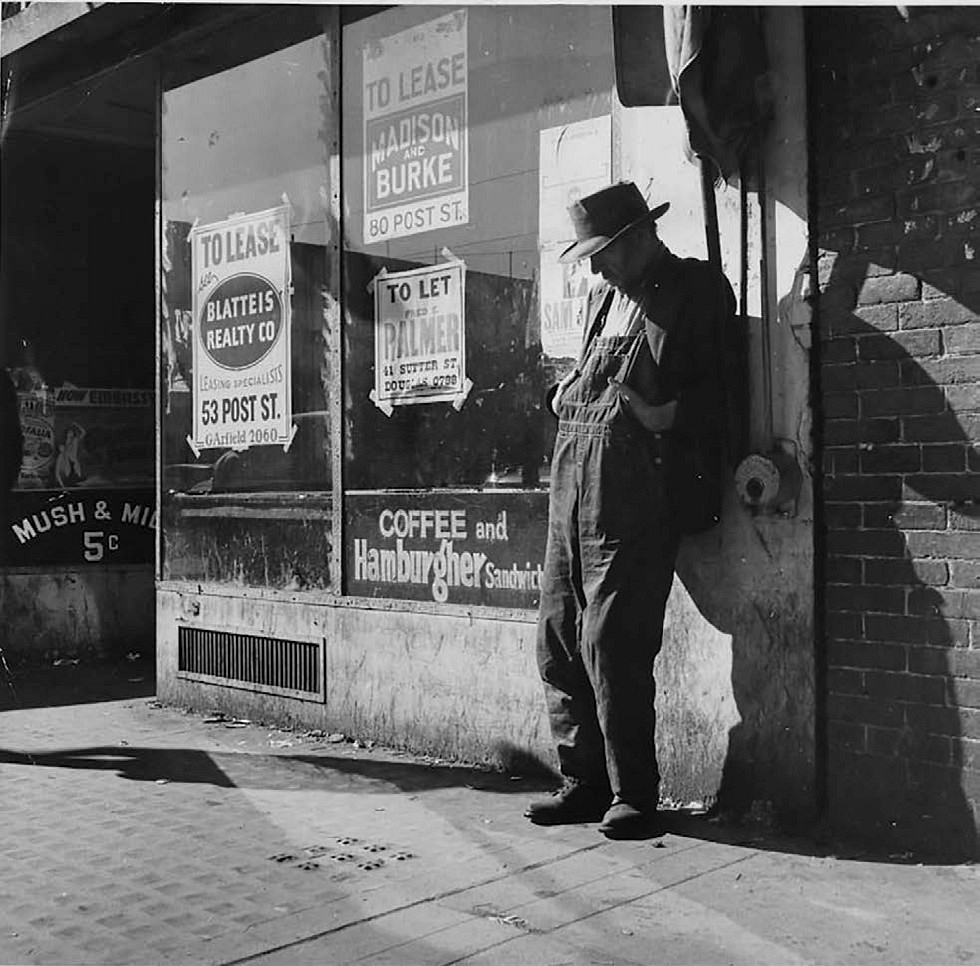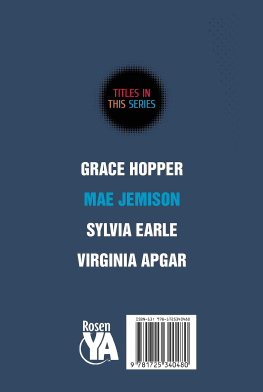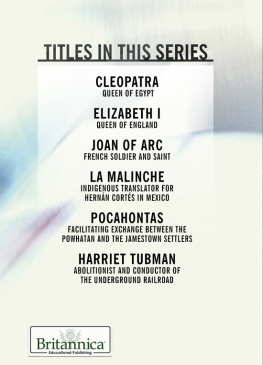
Published in 2020 by The Rosen Publishing Group, Inc.
29 East 21st Street, New York, NY 10010
Copyright 2020 by The Rosen Publishing Group, Inc.
First Edition
All rights reserved. No part of this book may be reproduced in any form without permission in writing from the publisher, except by a reviewer.
Library of Congress Cataloging-in-Publication Data
Names: Uhl, Xina M., author. | White, Katherine, 1975 coauthor.
Title: Sylvia Earle: oceanographer and conservationist / Xina M. Uhl and Katherine White.
Description: First Edition. | New York: Rosen Publishing, 2020 | Series: Super female scientists | Audience: Grade level for this book is grades 712. | Includes bibliographical references and index.
Identifiers: LCCN 2019007240| ISBN 9781725340510 (library bound) | ISBN 9781725340503 (paperback)
Subjects: LCSH: Earle, Sylvia A., 1935 Juvenile literature. | Marine biologists United StatesJuvenile literature. | Women marine biologistsUnited States Juvenile literature.
Classification: LCC QH91.3.E2 U45 2019 | DDC 578.77dc23
LC record available at https://lccn.loc.gov/2019007240
Manufactured in the United States of America
On the cover: This 2009 photo shows renowned oceanographer Sylvia Earle after a dive in Bonaire, in the southern Caribbean off the coast of Venezuela.
CONTENTS
CHAPTER ONE
A FASCINATION WITH NATURE
CHAPTER TWO
THE MAKING OF AN EXPLORER
CHAPTER THREE
WORK IN THE WAVES
CHAPTER FOUR
SCIENTIFIC DISCOVERIES ABOUND
CHAPTER FIVE
A RECOGNIZED SCIENTIST
CHAPTER SIX
NEW IDEAS, NEW EFFORTS
CHAPTER SEVEN
EARNING ACCOLADES
INTRODUCTION
F rom the time she was a small child, Sylvia Earle has been a passionate advocate for the ocean and the creatures who live within it. On January 3, 2019, she tweeted to her more than 120,000 Twitter followers: What I love about the ocean is you never know who youre going to see or what youre going to do, but its always going to be good. Its always going to be a thrill.
At a young age, Sylvia displayed an aptitude for science when she sat beside her familys pond and filled notebook after notebook with observations of the plants and animals that she saw there. She made note of the animals eating patterns and behavior, drew pictures of them, and collected specimens of plants and animals. Salamanders, tadpoles, and other small creatures became her pets.
It was, perhaps, inevitable that she would become fascinated with the biggest ponds of all: the worlds oceans. As she wrote in her book Sea Change:
The urge to submerge came on early and continues, seasoned and made more alluring by thousands of underwater hours, each one heightening the excitement of the last as one discovery leads to another, each new scrap of information triggering awareness of dozens of new unknowns.

Sylvia Earle poses in the water on Padre Island National Seashore in 2006. The seashore, located in Texas, is the longest stretch of undeveloped barrier island in the world.
This fascination with water has driven her to accomplish amazing scientific feats throughout her life. She has spent more than seven thousand hours underwater, exploring and studying marine life, and leading more than one hundred ocean expeditions. More than two hundred professional journals and magazines have published her work on topics including ecology and ocean life. Various colleges and universities, including Duke University and Harvard University, provided her with twelve honorary degrees. She was named the first Hero for the Planet by Time magazine in 1998. Her nicknames include Her Deepness by the New Yorker and Living Legend by the Library of Congress. Shes been named 2009s TED Prize winner and National Geographic explorer in residence.
In 1970, Earle captained the first all-female scientific team to live underwater for fourteen days for the Tektite Project, sponsored by the United States government. Upon her return to the United States, she and her colleagues were given a dual honor: a ticker-tape parade and a reception by the White House.
Earles career started in the 1960s when womens rights only began to be taken seriously. Sylvia Earle, while pursuing her own dreams, helped to pave the way for other female oceanographers by becoming a marine botanist. She was one of the first divers to use scuba (self-contained underwater breathing apparatus) gear. She became the first woman to serve as the chief scientist of the National Oceanic and Atmospheric Administration (NOAA). As an aquanaut, oceanographer, ecologist, writer, and marine biologist, Earle has, indeed, made waves.
Throughout her career and many achievements, Sylvia Earle has maintained a deep love and concern for sea life. As she tweeted on January 31, 2019: We must take care of the ocean. We must take care of the natural world from the skies above to the depths below.
CHAPTER ONE
A FASCINATION WITH NATURE
S ylvia Alice Earle was born on August 30, 1935, in Gibbstown, New Jersey. Sylvias parents, Alice and Lewis Earle, were thrilled with the birth of their second child. Both Alice and Lewis were happy people. They had an appreciation for life and many original ideas to share with their children.
The mid-1930s presented a challenging time in America. The crash of the stock market in 1929 set off the Great Depression, a long period of economic downturn in which many people struggled to make a living. President Franklin Delano Roosevelt worked to ease the suffering of the nation through jobs programs.

An unemployed man stands in front of a vacant store in 1935. The Great Depression lasted from 1929 to 1939 and became the industrialized worlds worst economic period in history.
In 1938, when Sylvia was three years old, her family moved a few towns away to Paulsboro, New Jersey. The familys new farmhouse was not too comfortable when they first moved in. In fact, it was quite run down. There was no water or electricity, and there were more than a few holes in the roof. Sylvias father worked night and day to fix it up. Although the farmhouse was not in perfect shape, it did have lots of land surrounding it. Both of Sylvias parents had grown up on farms, and they wanted their children to experience the same diversions and surprises of farm life. To Sylvia, each day was a new adventure. She had acres of farmland to explore. She discovered old apple orchards, fields of grapevines, and acres of woods. She even had a pond and a creek to examine.
Studying the World
Sylvia showed enthusiasm for science at a very young age. One of her favorite pastimes was investigating the familys pond. She filled a notebook with descriptions of the pond. What really grabbed Sylvias attention were all of the little creatures that lived in it. She loved the plants and animals that she found in and around the water.
Sylvia would sit as quiet and still as she could, so she would not disturb the ponds natural activity. This is how she would sit for hours, filling her notebooks with facts on the animals behavior and eating patterns. When she got tired of taking notes, she would channel her more artistic side by drawing the creatures as they scurried, hopped, and swam. Soon, she began to collect specimensitems used for research and testing in experiments. She gathered various plants that blossomed and budded around the pond. She captured insects, salamanders, and tadpoles and brought them home as pets. Just as she did at the pond, Sylvia wrote about how these little animals lived their livesnoting what they ate, when they slept, and what kind of environment they liked the best. Within a short time, the Earle house became Sylvias first laboratory. Rooms filled up with her collections and research. She had jars everywhere!
Next page





















